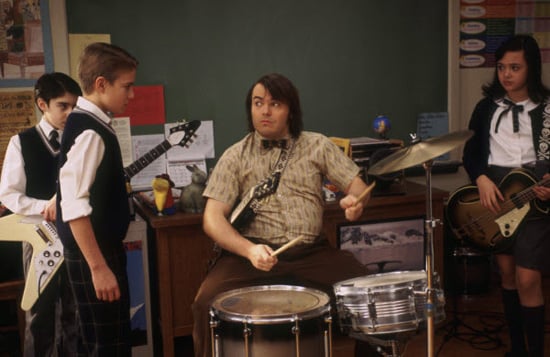

The songs sound furious and ecstatic, the performances feel raw and precise, and all together, what seems like a molten volatility ultimately cools into a sustained act of supreme control. These albums teem with other cosmic contradictions, too.


Instead of shouting at an impending apocalypse, Bad Brains seemed to be barreling their way toward whatever might come after. had borrowed from the popular 1937 self-help tract “Think And Grow Rich.” The group’s advocacy for that mind-set, abbreviated in H.R.’s lyrics as “P.M.A.,” registered in bright contrast to the nihilistic gloom that clouded the dawn of the punk era. Instead, they were inventing a powerful sound that adhered to their foundational credo of “positive mental attitude,” a can-do concept that H.R. And as detonative as their songs felt, this band wasn’t destroying anything. So, an explosion? That might describe Bad Brains’ kinetic power as a physical sensation, but it doesn’t fully account for the music’s meaning. “The moment that they hit, it was like a bomb going off. “I’d never seen anything like them,” said Denise Mercedes, guitarist of the Stimulators, describing her first Bad Brains show in the pages of “NYHC,” Tony Rettman’s oral history of New York hardcore. In increasingly hyperbolic times, it remains extraordinary.Īnd from those fortunate enough to have caught it in the air between 19, the testimony is practically unanimous.

The world has sped up over the past four decades, but this music still feels fast. That’s because the two indomitable albums that Bad Brains dropped in this era - a self-titled debut from 19’s “Rock For Light,” both being self-reissued this year along with most of the band’s ’80s output - are crammed with anthems of exhilarating speed, secret finesse, deep purpose and immutable optimism. That said, we probably wouldn’t dismiss believers as the kind of people who saw the Virgin Mary in their toast, either.


 0 kommentar(er)
0 kommentar(er)
